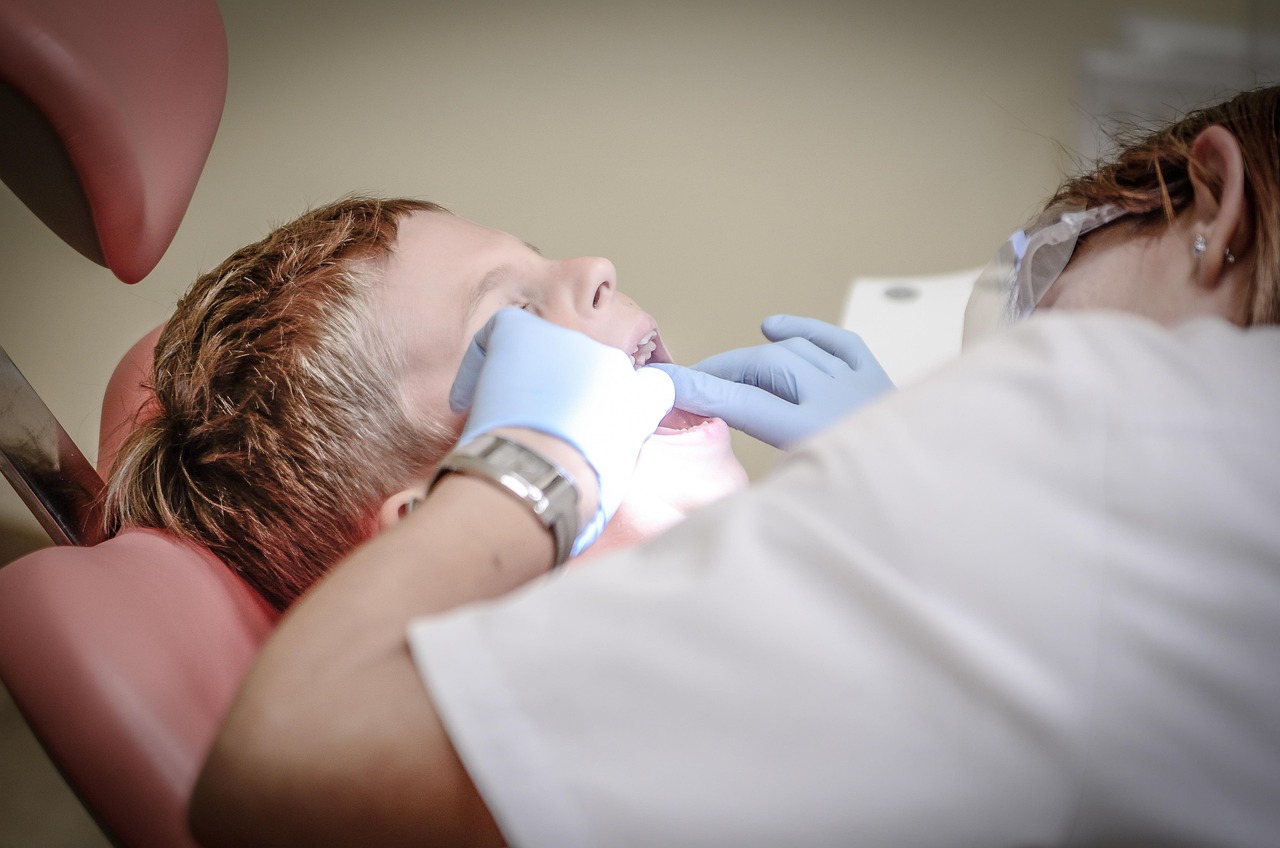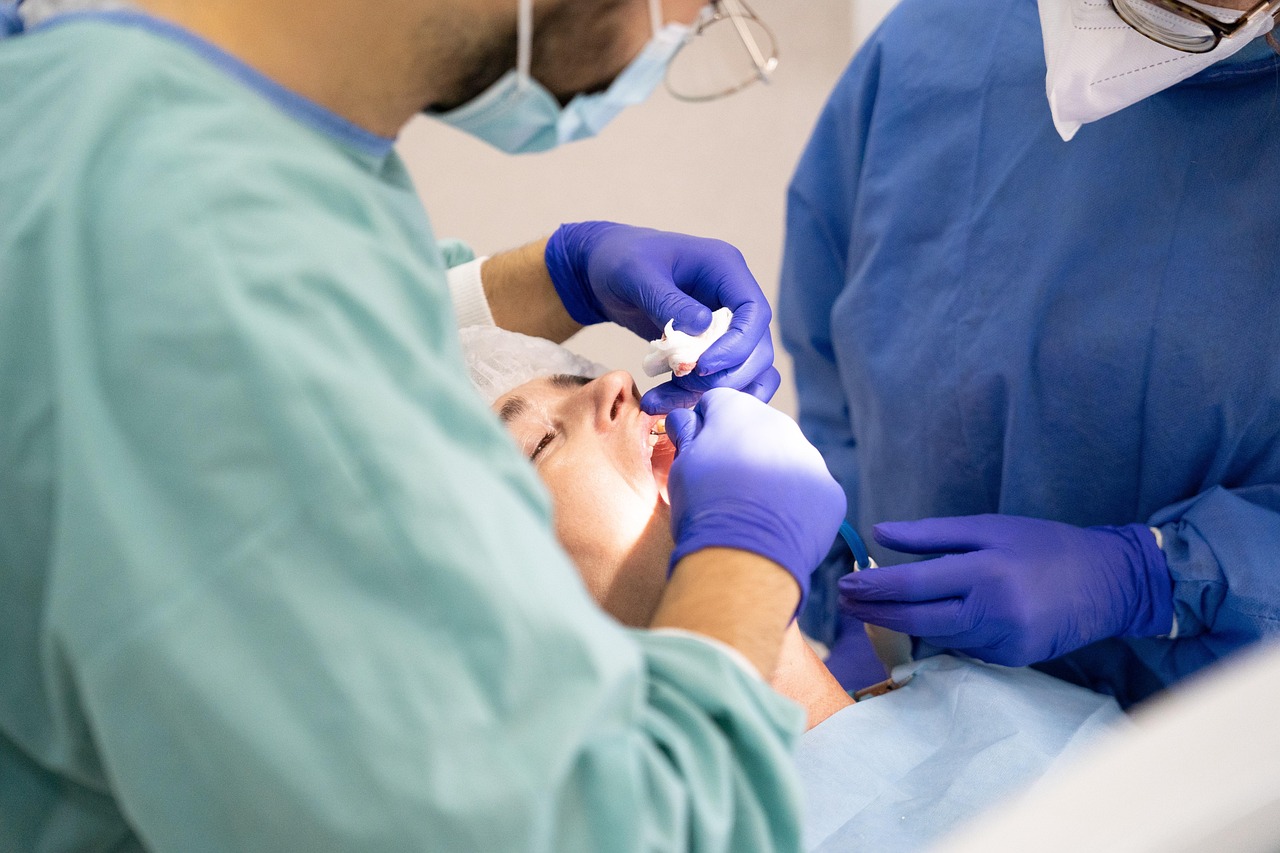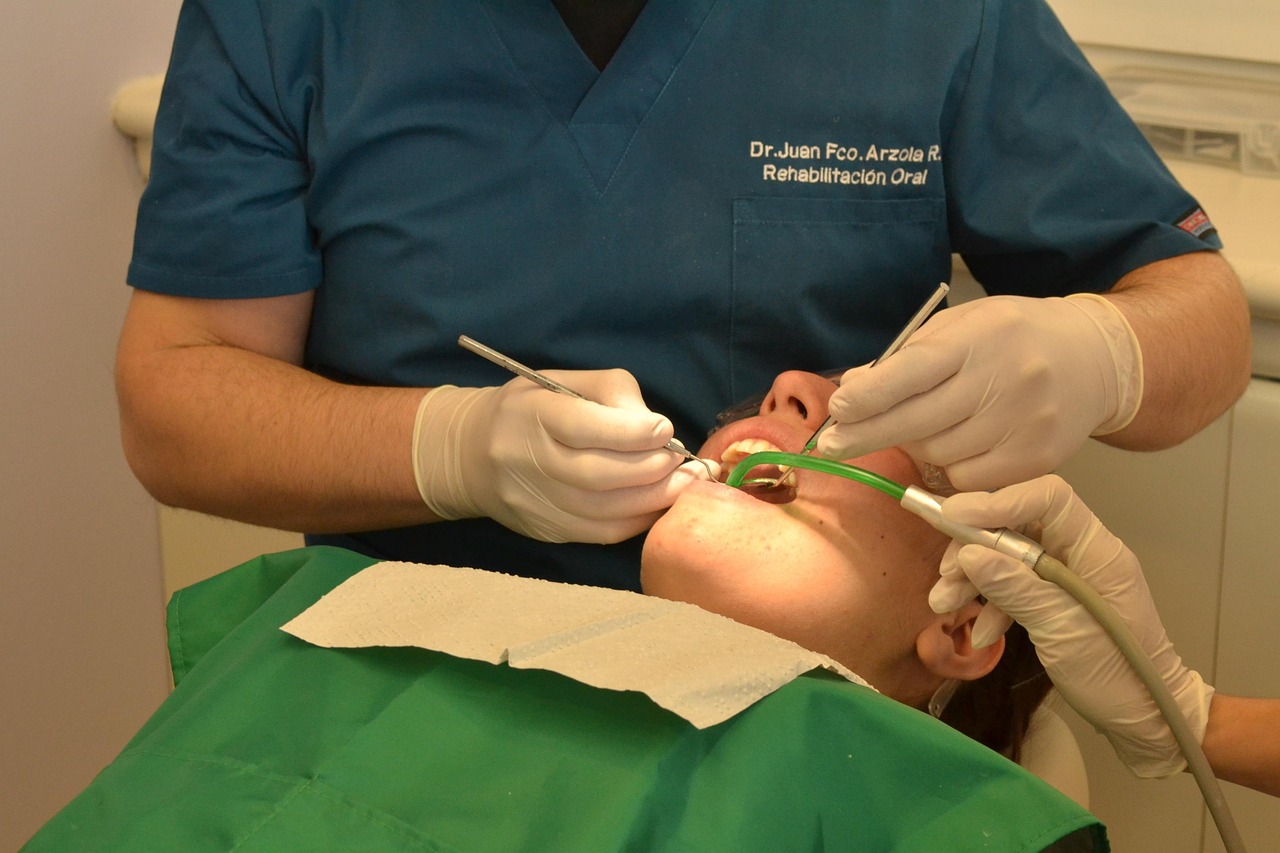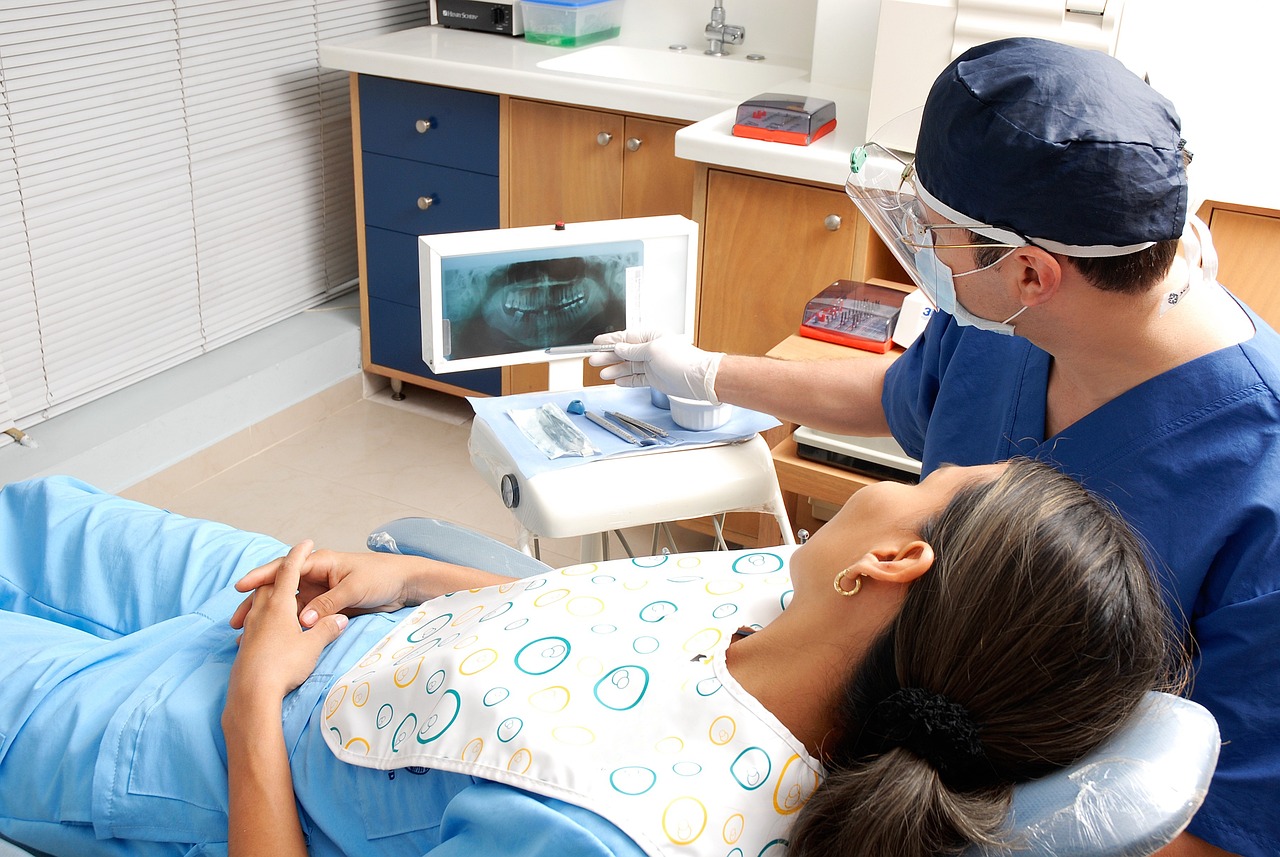TL;DR
- ER handles life‑threatening issues (airway compromise, uncontrolled bleeding, major trauma)
- Emergency dentists provide definitive treatment (root canal, dental drainage, tooth repair)
- Use this checklist to decide fast—and avoid delays in care
- When in doubt, prioritize breathing or swallowing problems and go to the ER
Dental emergencies can be confusing—especially after hours. This quick guide helps you decide where to go first based on your symptoms.
Go to the ER Immediately If You Have
- Trouble breathing or difficulty swallowing
- Rapidly increasing facial swelling with fever or malaise
- Uncontrolled bleeding that won’t slow after firm pressure
- Jaw fracture or major facial trauma
The ER can stabilize life‑threatening conditions, provide IV/PO antibiotics when indicated, and manage pain. You may still need an emergency dentist afterward for definitive treatment.
See an Emergency Dentist First If You Have
- Severe toothache without airway issues
- Broken or chipped tooth (no facial trauma)
- Lost filling or crown
- Dental abscess without breathing/swallowing problems
- Orthodontic issues (broken wire/bracket) causing irritation
Emergency dentists can provide definitive dental care: pulp therapy (root canal), drainage, fillings/crowns, stabilization, and extractions when needed.
Why This Matters
- The ER usually cannot perform definitive dental procedures (root canals, fillings, recement crowns).
- Delays increase the risk of infection spread, pain, and treatment complexity.
- Correct triage gets you faster relief and the right care pathway.
Quick Triage Checklist
- Breathing or swallowing affected? → ER now
- Fever with significant facial swelling? → ER or urgent hospital evaluation
- Severe pain without airway issues? → Emergency dentist
- Broken tooth, lost crown/filling? → Emergency dentist
- Bleeding after extraction not controlled by pressure? → Call dentist; ER if persistent/heavy
Preparation Tips
- Bring ID, insurance details, and a list of medications/allergies.
- Note when symptoms started and what triggers/worsens pain.
- If traveling, search for “emergency dentist near me” and call ahead.
Conclusion
Use the ER for life‑threatening symptoms or severe infection signs. For most dental problems, an emergency dentist provides the fastest path to definitive treatment and long‑term relief.



